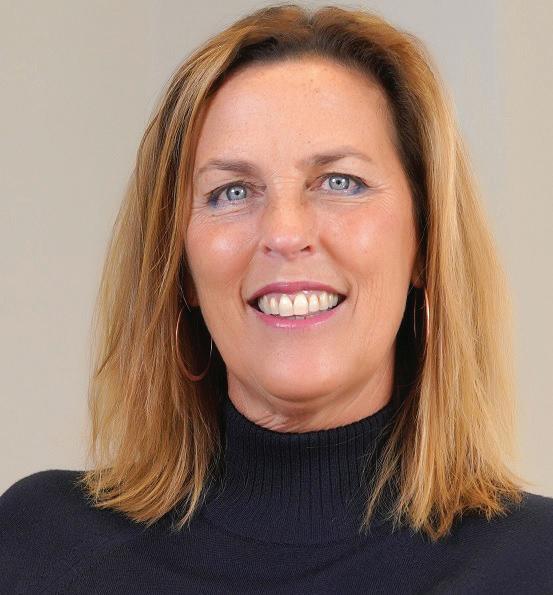L El eAaDdEeRr Ss
Best-laid plans Local universities face up to the COVID-19 pandemic BY STEPHEN ELLIOTT
n the wake of the Great Recession a decade ago, the leaders of Cumberland University, a small private college in Lebanon, were forced to cut costs like so many businesses and households around the country. That meant no more retirement matching for faculty and staff, no pay raises and a workforce reduction. Now, faced with the most abrupt economic interruption in generations, Cumberland management has deemed none of those measures necessary, at least for now. “The full impact of the coronavirus pandemic remains to be seen economically,” says Paul Stumb, president of the university.
I
34
FALL 2020 | NASHVILLEPOST.COM
This fall, the college is actually expecting increased enrollment. While Stumb expects some international students will be unable to return to campus, he says some local students are opting to attend Cumberland rather than leave the state or the region, especially as other schools pivot to online-only instruction. Cumberland has established a hybrid model of learning, where most students will attend half of their classes in person and watch the other half online in order to reduce the number of people in any given classroom. Like other area colleges, Cumberland has no plans to adjust its curriculum due to the pandemic, either as part of economic contraction or as a distance-learning pivot. “At this time, MTSU has no plans to eliminate degrees, programs or departments due to the COVID pandemic,” says Middle Tennessee State University Provost Mark Byrnes. “We have, however, restructured our fall course schedule to observe social distancing guidelines while giving maximum on-campus access to courses that include hands-on activities that are crucial in meeting learning outcomes.” In Murfreesboro, MTSU has nearly 10
times as many students as Cumberland, and it’s part of a larger state network of universities. That size and layer of bureaucracy create both boons and barriers for a university facing the unprecedented pandemic. Fisk University in Nashville has fewer than 1,000 students (up slightly from the prior year, though not as much of an increase as expected). Fisk Chief of Staff Joseph Watkins acknowledges that larger institutions including MTSU and the University of Tennessee have more resources on campus, such as their own medical school or a more robust internal stable of experts. “The pros and cons almost reach an equilibrium,” Watkins says. “The pros are that we can move faster. It means we can communicate a singular message easier. The radius we have to hit is smaller. The drawbacks of being smaller is that we don’t have a medical school or a nursing apparatus here so we have to rely so heavily upon our partners, which are Meharry Medical College or other institutions. That’s what slows us down. We can create all these plans but we can’t necessarily effectuate them all without a partner.”
ERIC ENGLAND














